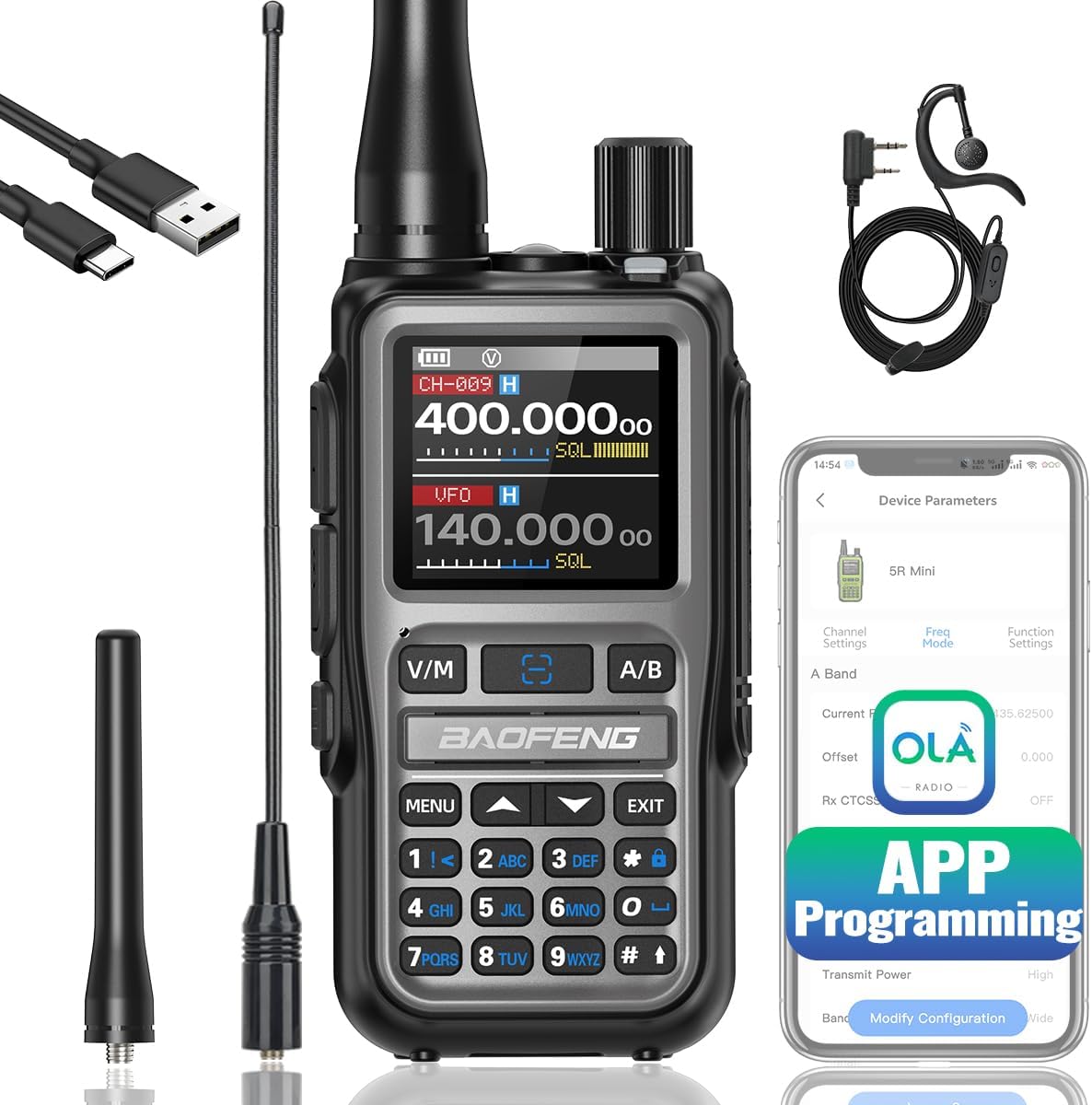
The Siglent Technologies SDG1032X Arbitrary Waveform/Function Generator is a versatile, high-performance instrument designed for engineers, hobbyists, and researchers. Packed with advanced features and delivering exceptional performance, this dual-channel waveform generator has established itself as a reliable tool for diverse applications. This review delves into its features, performance, usability, and overall value.
Specifications and Features
Core Specifications
Frequency Range: Up to 30 MHz for sine waves.
Sampling Rate: 150 MSa/s with 14-bit vertical resolution.
Amplitude Range: 1 mVp-p to 10 Vp-p (high-impedance load).
Waveform Length: Up to 16,384 points.
Notable Features
TrueArb Technology: Provides a high degree of waveform fidelity by reducing distortion and jitter.
Dual-Channel Output: Independent or synchronized operation of two channels for complex testing scenarios.
Rich Waveform Library: Includes sine, square, ramp, pulse, noise, and arbitrary waveforms.
Frequency Sweep and Burst Modes: Allows for a wide range of dynamic testing applications.
Easy Integration: USB, LAN, and SCPI command support for remote control.
Compact Design: Lightweight and space-saving, ideal for both benchtop and portable applications.
Performance Analysis
Signal Fidelity
The SDG1032X’s TrueArb technology ensures clean and precise signal generation. Sine waves exhibit minimal harmonic distortion even at higher frequencies, making it suitable for sensitive analog testing. Square waves maintain sharp edges and low jitter, ensuring reliable digital circuit testing.
Waveform Customization
The generator supports extensive customization through its arbitrary waveform feature. Users can define complex waveforms with up to 16,384 points, a boon for engineers working on non-standard signal analysis. The accompanying EasyWave software simplifies the waveform design process.
Amplitude Accuracy
The amplitude stability and accuracy are noteworthy, with precise control over signal levels. This consistency is critical for applications requiring strict tolerance levels, such as calibration and component testing.
User Interface
The 4.3-inch color LCD screen is intuitive, displaying waveform parameters clearly. The menu system is well-organized, reducing the learning curve. The knob and buttons provide tactile feedback, enhancing user experience during frequent adjustments.
Connectivity and Control
The SDG1032X offers multiple connectivity options:
USB Interface: Supports data transfer and PC-based waveform creation.
LAN Interface: Enables remote operation and integration into automated test setups.
SCPI Commands: Fully programmable for seamless control in complex systems.
These features make the device adaptable for both standalone use and networked environments.
Applications
The SDG1032X’s versatility extends to various applications, including:
Circuit Design and Testing: Ideal for evaluating analog and digital circuits.
Education and Training: A robust tool for teaching signal generation principles.
Research and Development: Supports advanced experiments requiring high precision.
Equipment Calibration: Reliable source for testing and calibrating other instruments.
Strengths and Weaknesses
Strengths
High waveform fidelity with TrueArb technology.
Dual-channel functionality for complex signal testing.
Compact and lightweight design.
Comprehensive connectivity options.
Affordable price point for its feature set.
Weaknesses
Arbitrary waveform resolution may fall short for ultra-high-precision applications.
Limited waveform length compared to higher-end models.
Interface responsiveness could be slightly improved for rapid adjustments.
Comparison to Competitors
When compared to competitors in its price range, such as the Rigol DG812 and Keysight 33509B, the SDG1032X holds its own with its advanced TrueArb technology and superior signal fidelity. While it may lack some features of premium models, its affordability and performance make it a strong contender.
Conclusion
The Siglent Technologies SDG1032X Arbitrary Waveform/Function Generator strikes an excellent balance between price, performance, and functionality. It caters to a wide range of users, from hobbyists to professionals, offering high-quality signal generation and a robust feature set. While it may not compete with high-end generators in terms of raw specifications, it delivers exceptional value for its cost. For those in need of a reliable, versatile, and affordable waveform generator, the SDG1032X is an outstanding choice.


